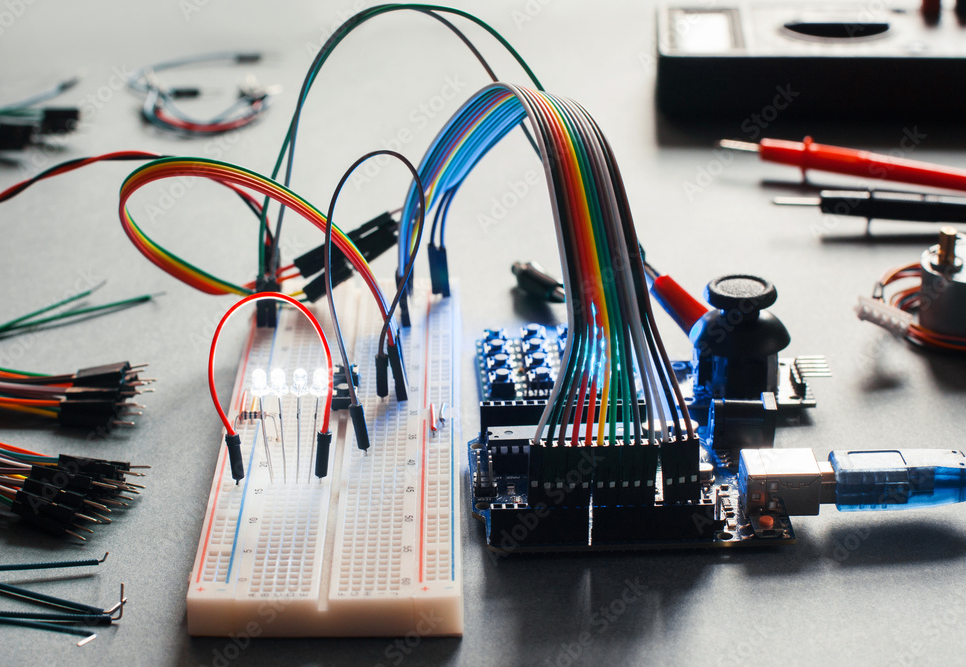# Introduction
Large Language Models (LLMs) have rapidly become indispensable tools for engineers across various domains. Whether you’re a mechanical engineer designing a new machine, a software engineer writing code, or a civil engineer planning a construction project, LLMs can assist you in a myriad of ways. However, to harness their full potential, you need to master the art of crafting effective prompts. In this blog post, we’ll explore some of the top LLM prompts for engineering tasks, grouped by specific engineering disciplines.

# Mechanical Engineering
-
Mechanical Component Design:
- Prompt: “Generate design ideas for a lightweight, high-strength structural component for an aerospace application.”
-
Thermodynamics Calculations:
- Prompt: “Calculate the efficiency and work output of a Rankine cycle with given temperatures and pressures.”
-
Failure Analysis:
- Prompt: “Explain the possible failure modes in a gearbox and suggest preventive maintenance strategies.”
# Software Engineering
-
Code Debugging:
- Prompt: “Identify and fix the bugs in the following Python code: [Insert code snippet].”
-
Algorithm Development:
- Prompt: “Create an algorithm to sort a list of integers in ascending order, and explain its time complexity.”
-
Database Design:
- Prompt: “Design a relational database schema for a library management system, including tables and relationships.”

# Civil Engineering
-
Structural Analysis:
- Prompt: “Analyze the structural stability of a 10-story reinforced concrete building subjected to earthquake loads.”
-
Traffic Flow Modeling:
- Prompt: “Develop a traffic flow model for optimizing traffic signal timings in a busy urban intersection.”
-
Environmental Impact Assessment:
- Prompt: “Assess the environmental impact of constructing a new bridge over a river and propose mitigation measures.”
# Electrical Engineering
-
Circuit Design:
- Prompt: “Design a low-pass filter circuit with a cutoff frequency of 1 kHz, and provide the component values.”
-
Power System Analysis:
- Prompt: “Analyze a three-phase power distribution system for voltage sag and recommend corrective actions.”
-
Control System Tuning:
- Prompt: “Tune the proportional-integral-derivative (PID) parameters for a DC motor speed control system.”

# Chemical Engineering
-
Chemical Reaction Kinetics:
- Prompt: “Determine the rate equation and rate constants for a second-order chemical reaction A + B -> C.”
-
Process Optimization:
- Prompt: “Optimize the operating conditions (temperature, pressure, flow rates) for a distillation column to maximize product purity.”
-
Safety Analysis:
- Prompt: “Conduct a hazard and operability (HAZOP) analysis for a batch chemical production process.”
# Conclusion
Effectively utilizing LLMs in engineering tasks starts with crafting well-defined prompts. These prompts serve as the communication link between you and the model, enabling it to provide the information, solutions, or insights you need. By using the top LLM prompts tailored to your specific engineering discipline, you can streamline your work, enhance productivity, and unlock innovative solutions to complex engineering challenges. Keep experimenting, refining your prompts, and exploring the vast capabilities of LLMs to stay at the forefront of engineering excellence.
